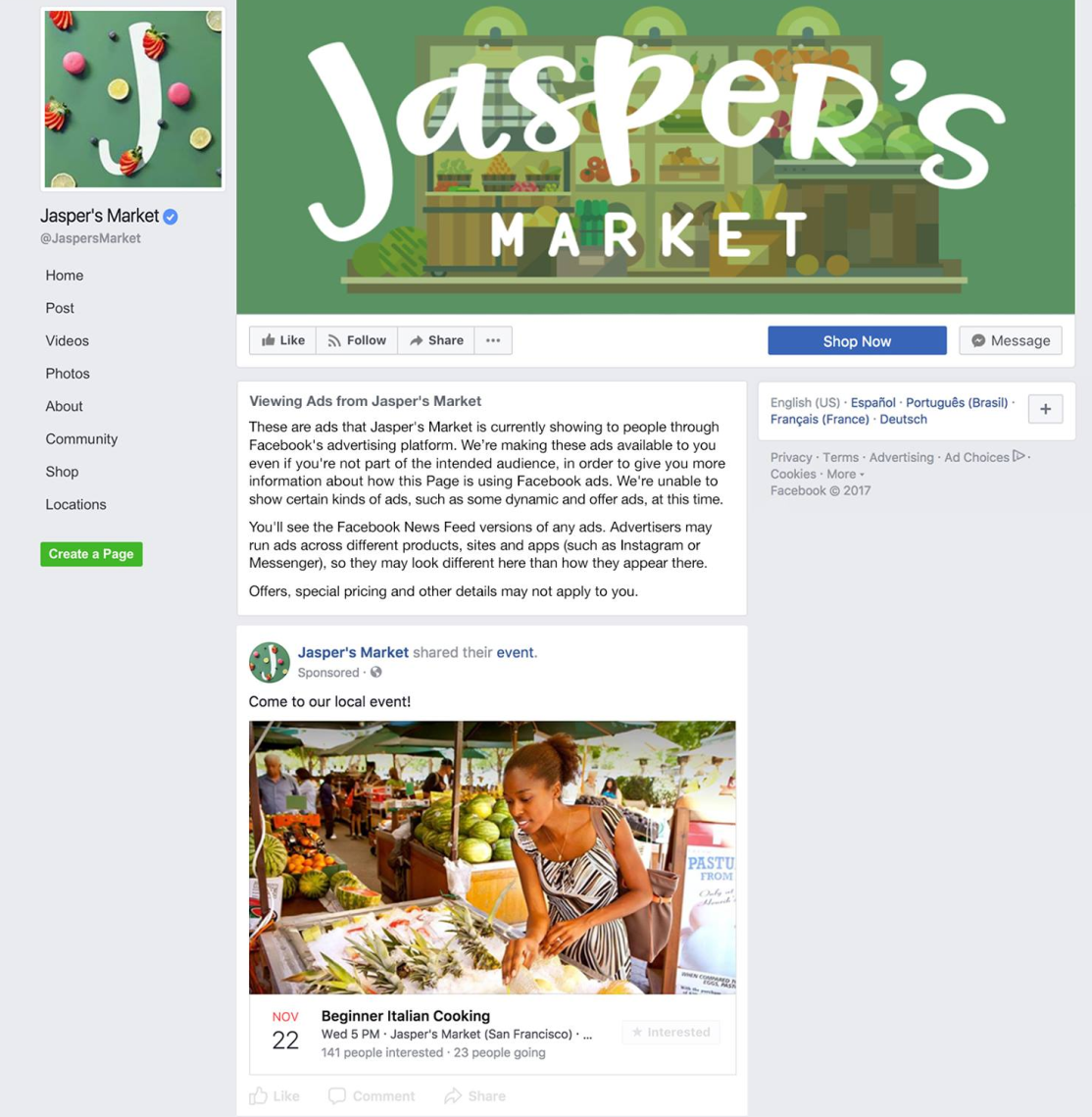The content marketer who is flexible and can adjust tactics based on new updates and opportunities stands out among peers. Check out the news you need to know from this week to help you be a content marketer who shines.
New Facebook ad rules bring increased scrutiny to content marketing practices
It appears as if continued ad drama has forced Facebook into making some major changes that will significantly alter brands’ ad-spend efforts. The social giant announced last week that it will make all advertising more transparent in an effort to prevent some of the duplicitous ad practices that have dogged the company in recent months.
For many advertisers, the increased transparency may not cause major drama. After all, most advertisers want users to know that ads come from their companies. However, there are some potential issues that you will want to consider related to this news of increased transparency.
During an interview with Bloomberg Business, Elevation Partners Managing Director Roger McNamee said this update is an important step in what will be a long-term plan for more ad transparency on Facebook.
“Until today, Facebook has basically been in a deny, obfuscate, do-not-cooperate mode,” McNamee said. “And this is a small but very important step to accept responsibility for what third parties do on the platform. You know, Facebook’s position to this point has been: They weren’t responsible, so they weren’t even going to attempt to police it. This is saying, “Yes, we’re going to have to police.”
In addition to knowing that Facebook will be stepping up how it allows pages to advertise, content marketers should also consider the following:
All ads will be viewable
Any Facebook user who wants to see the ads that a page is running will be able to do so simply by navigating to a brand’s Facebook page and clicking on “View Ads.” Once the user clicks on the link, he will be able to view a list of all the ads the company is running on Facebook. Additionally, any ads that a company is running on Messenger and on Instagram will be included in the same list.
Likewise, when a user examines the list, Facebook will let him know if he is part of the audience who is targeted to receive any of the listed ads.
We’re a few months from this rolling out in the U.S.
On Facebook’s newsroom blog, Rob Goldman, vice president of ads, provided some detail about the rollout of this feature.
“We know how important it is to our community that we get this feature just right — and so we’re first rolling it out in only one country,” Goldman wrote. “Testing in one market allows us to learn the various ways an entire population uses the feature at a scale that allows us to learn and iterate.”
Goldman also wrote that starting in Canada was a “natural choice” thanks to some election integrity initiatives that Facebook is already involved in there. Facebook plans to likely release the new ad disclosure features in the United States — and the rest of the world — in the summer of 2018.
New election ad requirements may eventually apply to brands as well
Initially, this increased transparency will affect political advertisers more than others. To run ads, political advertisers must verify their organization and location. Upon verifying, political advertisers will also need to include a “Paid for by” disclosure in their ads.
Though this level of verification will not initially be expected of brands, time will tell if brands will be subject to the same level of scrutiny some day.
If your company is still using an agency to create content, you may be part of a dwindling number of companies that do. A recent report compiled by R3 shows the accounts that agencies received in 2017 were 38 percent smaller this year than in 2016. The report concludes that more companies are using in-house creatives, thus the decline in work given to agencies.
A recent under-the-radar update from Facebook now allows users to share their screen during Facebook Live broadcasts. Users once needed to download third-party software to make this work, but We Are Social Media reports that this is no longer true, though screen sharing appears to currently only work on Chrome.
Instagram has now rolled out the ability to go live with a friend, after testing out the feature with select users over the last few months. Now, when a user goes live, all she needs to do is tap an icon in the bottom of the app and select the user she wants to invite to her live broadcast. Guests can be removed at any time during the broadcast.
Facebook has released a new video that provides more detail about how the channel’s news feed works. The roughly 3-minute video could serve as a nice explanation to executives or others in your organization who may struggle to understand Facebook algorithms.









